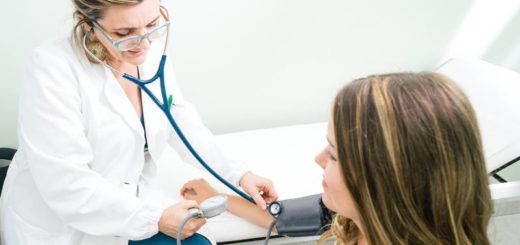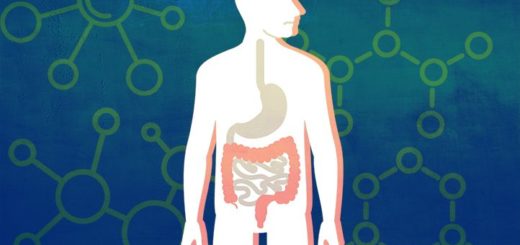A Guide To Cerebral Palsy: Symptoms, Tests and Treatments
If someone you know has just been diagnosed with cerebral palsy, you may be feeling scared, confused, hopeful, and determined. Mostly the emotions are due to a lack of knowledge about this health condition.
Here is a guide to provide you with basic information about cerebral palsy, such as its symptoms, diagnosing cerebral palsy, and the various treatments available.
What is Cerebral Palsy?
Cerebral Palsy (CP) is a brain injury or disorder that affects movement. It can range from mild to serious and can affect any part of the body. It is a common motor disability in childhood and can occur before birth.

One study states that about 3 out of every 1,000 babies born in the U.S. will eventually be diagnosed with cerebral palsy by their 8th birthday.
Here’s how the problem occurs.
The brain develops in different areas during pregnancy. These areas then come together and connect as the baby’s brain matures. If there is an injury to the brain during this process, it can result in CP.
What are the Reasons For Cerebral Palsy?
Here are some general reasons why a baby may have cerebral palsy.
- Premature Birth: If a baby is born too early, their brain may not have developed enough to control all their muscles properly.
- Infections During Pregnancy: Some conditions like rubella, toxoplasmosis, and cytomegalovirus can cause damage to the developing brain. Rubella is a virus that can be prevented by vaccination.
- Lack of Oxygen to the Brain: This can happen before, during, or after birth. It can be due to problems with the placenta or umbilical cord or if the baby’s brain is not getting enough oxygen for some other reason. When the supply is less, the brain cells can be damaged or die.
- Head Injury: A head injury can damage the brain and lead to cerebral palsy. It could happen before, during, or after birth. For example, if a baby has a bleed in the brain, it can cause problems.
- Genetic Conditions: Some rare genetic conditions can lead to cerebral palsy. For example, chromosome abnormalities like down syndrome or Fragile X syndrome. Down syndrome is a medical condition caused by an extra chromosome in the body. It is the most common genetic cause of intellectual disability. Fragile X syndrome is a condition that causes problems with mental development and physical growth.
- Family History: If someone in your family has cerebral palsy, you may be more likely to have it. It could be because of similar genes or the family’s environment.
Talk to your doctor if you are concerned that your child may have cerebral palsy. They will ask about the child’s medical history and development.
Diagnosis Of Cerebral Palsy
Here are the most common tests used for diagnosing cerebral palsy.
The initial step in diagnosis is usually a physical exam. Your doctor will check for signs of muscle tightness, abnormal movement, and problems with balance and coordination. They will also ask about your child’s development, medical history, and any family history of neurological disorders.
MRI (magnetic resonance imaging) is the most common imaging test used to diagnose CP. This test uses powerful magnets and radio waves to create detailed images of the brain and spinal cord. Imaging tests may rule out other conditions and provide a better look at the brain and nervous system.
Cranial ultrasound is another type of imaging test that can diagnose CP. This test uses sound waves to create images of the brain. It is often used for babies too young to have an MRI.
EEG (electroencephalography) records the electrical activity of the brain. This test is often used along with an MRI to help diagnose CP. Your doctor may also recommend several other tests, including blood tests, to rule out other conditions with similar symptoms.
What are the Treatment Options For Cerebral Palsy?
- Physical Therapy
It is one of the most common treatments and can be done in a hospital, clinic, or home. It includes:
- Exercises to stretch and strengthen muscles
- Massage
- Heat or cold therapy
- Braces or other devices to support joints and limbs
Some benefits of physical therapy are:
- It can help improve muscle function
- It can help reduce pain
- It can improve the range of motion
- Occupational Therapy
This type of therapy helps with daily activities, such as eating, bathing, and dressing. It also helps with fine motor skills like writing and using scissors. Some benefits of occupational therapy are:
- Improved ability to perform daily activities
- Greater independence
- Improved social skills
- Improved fine motor skills.
The therapist will examine the child and design activities to help them reach their goals. For example, the therapist may help the child practice buttoning a shirt, using a fork, or holding a pencil.
Conclusion
It can be stressful when you or your child is diagnosed with cerebral palsy. But you are not alone. Many resources help you understand the condition, its diagnosis, manage symptoms, and get the best possible treatment.






